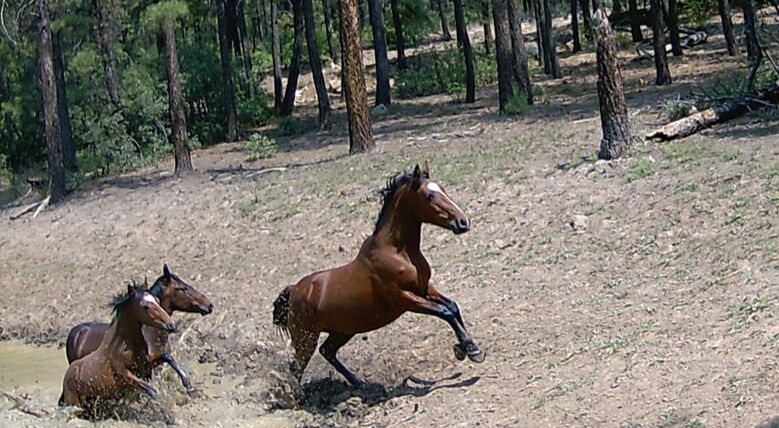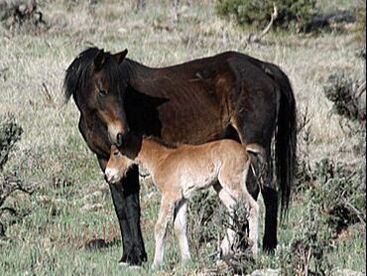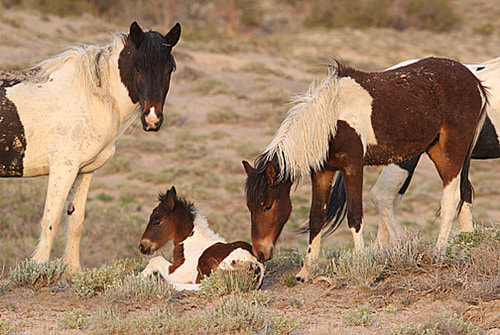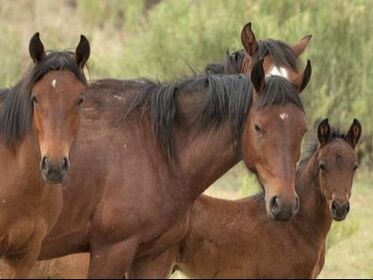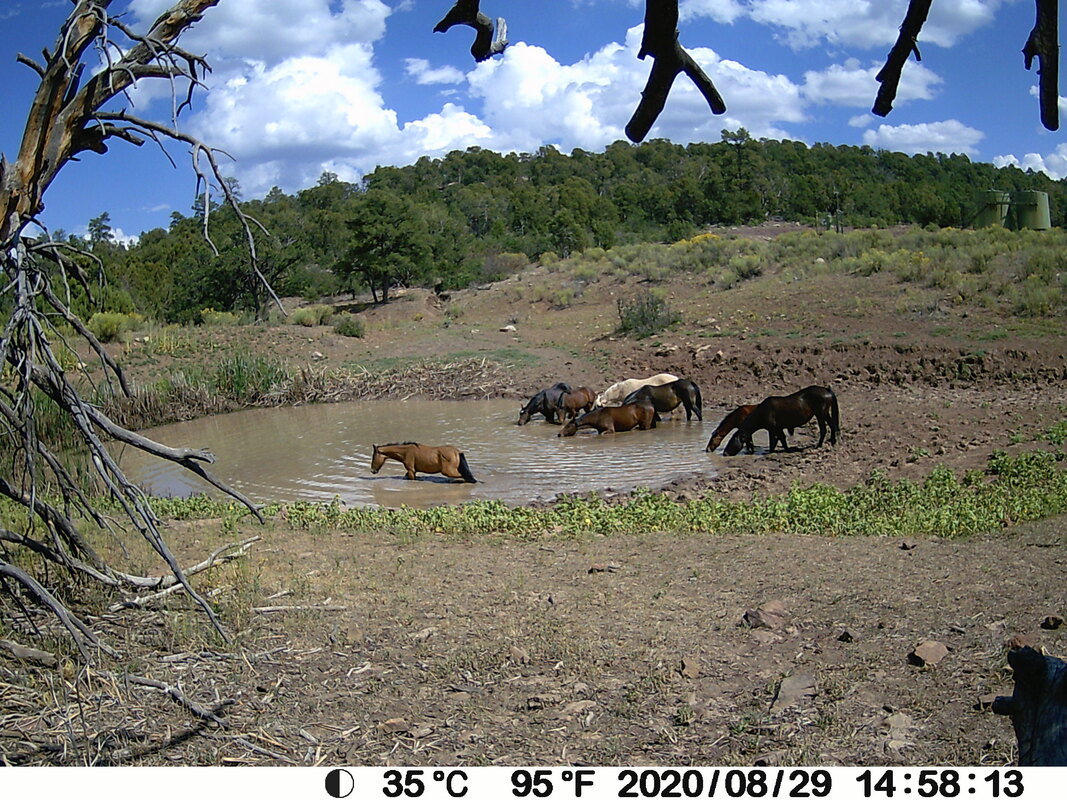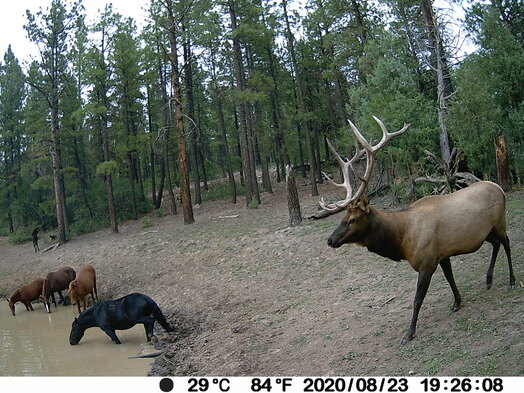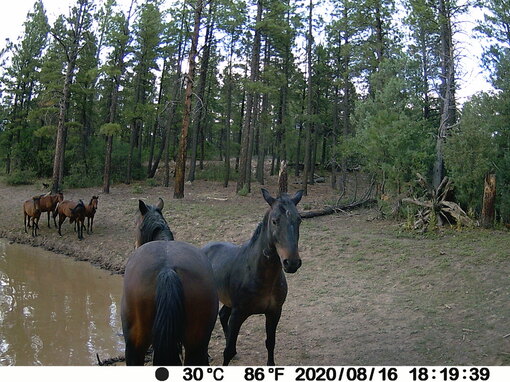Understanding The Jicarilla Herd
Due to economic stress and other factors, finding quality adoptive homes for captured mustangs is increasingly difficult.
Therefore, controlling the wild population of mustangs is vital to their survival as an American icon. Fertility regulation is the most powerful tool we can use in this effort. Having and maintaining accurate records of the wild horses is the primary step towards creating an effective fertility program.
JMHA is spearheading the study of the Jicarilla herd in an effort to establish a fertility management plan that can be used as a template for other herds as well.
Therefore, controlling the wild population of mustangs is vital to their survival as an American icon. Fertility regulation is the most powerful tool we can use in this effort. Having and maintaining accurate records of the wild horses is the primary step towards creating an effective fertility program.
JMHA is spearheading the study of the Jicarilla herd in an effort to establish a fertility management plan that can be used as a template for other herds as well.
